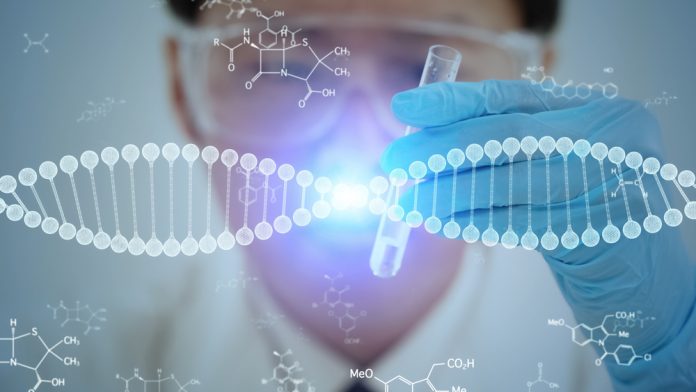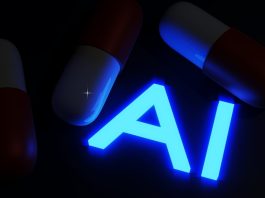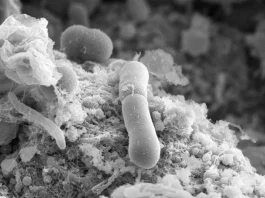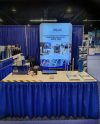A breakthrough study conducted by the Technical University of Denmark (DTU) has opened new horizons in the realm of tissue healing.
This innovative research team has tapped into the bioproduction abilities of bacteria, resulting in a novel biopolymer that shows exceptional promise for muscle tissue regeneration.
Bacterial biopolymer: Pantoan Methacrylate (PAMA)
The team successfully developed a new biopolymer known as Pantoan Methacrylate (PAMA), which is integral to the creation of a unique hydrogel or ‘bactogel.’
This hydrogel is characterised by its durability, resilience, and elasticity—making it exceptionally suited for muscle tissue healing.
Promising results from in vivo studies
In vivo experiments conducted on rats have provided compelling evidence of the effectiveness of the PAMA bactogel.
Results revealed a substantial increase in muscle tissue formation, alongside a marked reduction in fibrous tissue, crucial indicators of successful tissue healing.
The mechanical recovery observed was nearly 100%, demonstrating excellent biocompatibility and an impressive capacity for healing.
Associate Professor Dolatshahi-Pirouz highlighted the rarity of such favourable mechanical properties in existing bioactive hydrogels, emphasising their inadequacy in addressing the complex needs of musculoskeletal tissues like muscle.
Potential uses
The implications of this research are far-reaching, suggesting that PAMA could lead to enhanced therapeutic options for diverse groups, including athletes, the elderly, and individuals with traumatic muscle injuries, such as soldiers or accident victims.
Notably, the team has shown that significant tissue healing can occur without the addition of cells, sparking interest in the potential for combining PAMA with muscle progenitor or stem cells for even greater efficacy.
A vision for the future of regenerative medicine
Looking ahead, Dolatshahi-Pirouz envisions a transformative future in the field of regenerative medicine.
He detailed a scenario where polymers derived from bacteria—termed ‘bactomers’—could redefine tissue healing.
“I imagine a future where bacteria in so-called regenerative bacto-baths secrete regenerative bactomers on demand to heal injured tissues in patients,” he explained.
This groundbreaking research heralds exciting prospects for the future of tissue healing and muscle regeneration.
As the scientific community continues to explore the possibilities presented by PAMA and its applications, there is a growing anticipation of innovative therapies that could significantly improve the quality of life for countless individuals suffering from muscle injuries.
With its combination of biocompatibility, mechanical robustness, and healing potential, the PAMA hydrogel represents a significant step forward in regenerative medicine.









